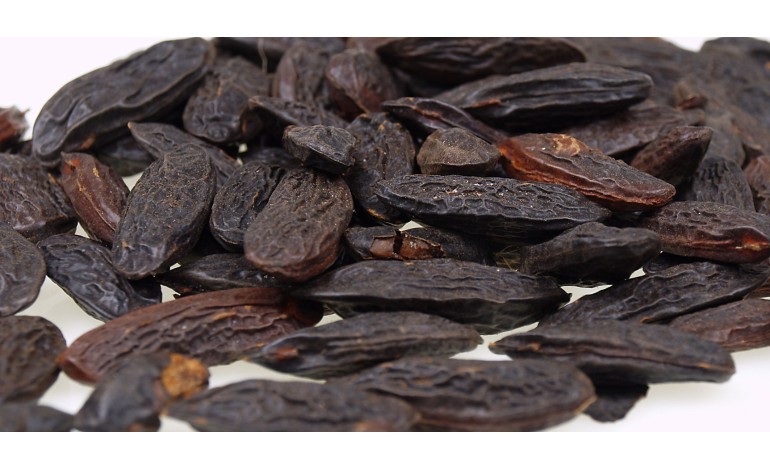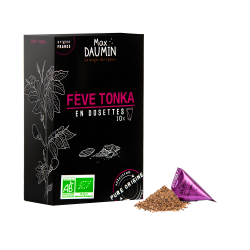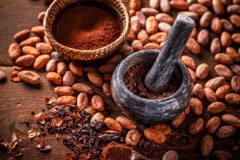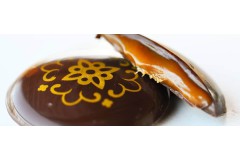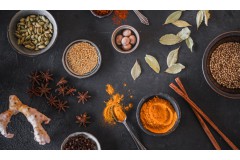Coumarin is a substance with the sweet, pleasant smell, recalling the smell of hay and naturally present in many plants. It is found in the tonka bean, the Cinnamon Casse, the Ceylon Cinnamon, the Vanilla Pompona, Honey, Tea, etc ...
In the canellates, it is concentrated in the Cinnamon Casse (from China that we find everywhere), the cinnamon of Saigon. Ceylon cinnamon contains very little (63 times less than cinnamon breaks). For the tonka bean it is present from 1 to 3% of the weight of the bean.
The tonka bean contains less coumarin than the following plants the melilot, the slave sage, the real lavender, the fragrant aspérule (vanilla of the Middle Ages), the ash, the Roman chamomile, the German chamomile or the matrix , the millefeuille Achilée or the chestnut bark.
The cosmetic industry knows the coumarin very well. It was even one of the first aromatic syntheses made towards the end of the 19th century (1868) by the English chemist William H. Perkin. A few years later, in 1882, Paul Parquet employed this synthetic molecule to create Royal Fern, a perfume of the eponymous house founded in 1775 by Jean-François Houbigant (now H for men), then Aimé Guerlain used it for Jicky, Emblematic fragrance in 1889. (https://fr.wikipedia.org/wiki/coumarine)
The majority of people can consume foods that naturally contain coumarin every day without undergoing harmful effects on health. However, there are a small number of individuals who are sensitive to coumarin. For these people, the consumption of higher concentrations than those normally find in food can lead to an elevation of liver enzymes and, in serious cases, inflammation of the liver.
It is common to hear that the use of the tonka bean is prohibited. It is actually only for two countries: the USA in 1954 and Belgium in 1977. The Codex Alimentarius (International Recommendation for the Food Domaine) recommended in 1985 not to add pure coumarin as for food and drinks. In 2004 then in July 2008, the European Food Safety Authority (AESA) recommended an acceptable daily dose (DJA) of 0.1 mg of coumarin /kg of body weight. Tonka bean and coumarin: As far as Tonka bean is therefore concerned: the coumarin is 1 to 3% in a tonka bean. The weight of a Tonka bean oscillates between 1.2 and 1.8 g. Take the high value 1.8g and a high cut in 3%coumarin. Which gives us, if we eat the whole bean, a weight of 54 mg. However, the daily recommendation is 0.2mg/body weight. Thus a Tonka bean assimilated for a person of 65 kg represents 54 mg while the maximum daily dose is 6 mg. would be the end of the tonka bean? No of course, we have forgotten in this reasoning two main elements: frequency and proportion. This reasoning applies in case you eat an entire bean, or in your kitchen you will incorporate it into a dish, a dessert or you will eat only one or two parts. Then the recommendations of the food safety authorities are based on daily consumption. The risk indeed is present if you devour daily, over a long period, whole fondants with chocolate and tonka bean. In the end we are always in the same principle of the dose. Many high -dose spice can be very harmful (nutmeg, cinnamon, cloves, etc.). We will remember this famous quote from the Swiss philosopher doctor of the Middle Ages: "All things are poison, and nothing is without poison; Only the dose means that a thing is not poison " Max Daumin epices max daumin Or 2017-2018 Silver 2020-2021 Bronze 2019 | National grocery trophy artisan producer of the culinary college of France 2021
